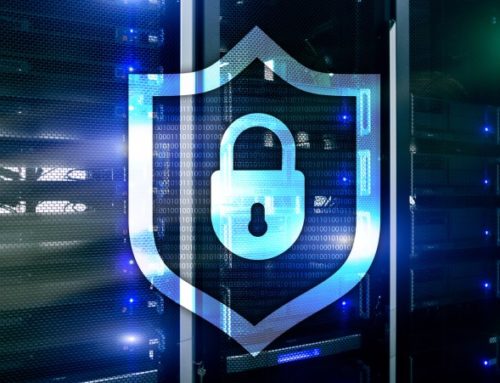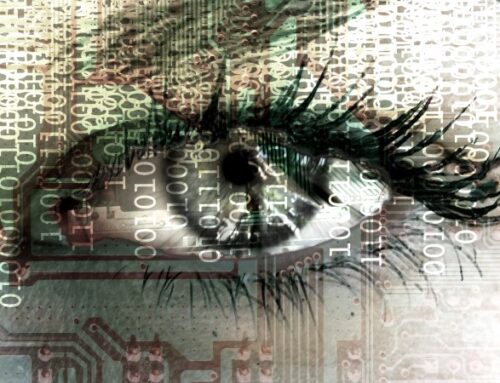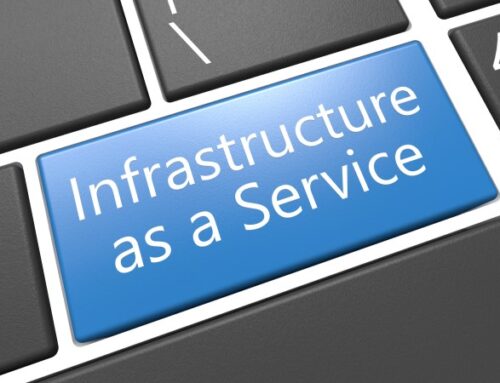The world is becoming increasingly networked. Even in our homes we can control our devices by voice and smart home. Even the networking of cities is no longer a dream of the future: the Smart City is born!
What is the Smart City?
A Smart City is a networked and intelligent city that stands for a better quality of life for its inhabitants and at the same time conserves natural, time and human resources. The idea of the digital city was already discussed in the seventies. The term “smart city” (translated: intelligent city) was created in the 1990s. At a time when smartphones and intelligent lighting concepts were still distant visions of the future. However, with the networking of systems, big data and cloud computing, the prerequisites for the Smart City are already reality today.
The Internet of Things in the City of Possibilities
The term “Internet of things” refers to the networking of objects with the Internet: In your everyday life this can mean, for example, that your alarm clock communicates to the coffee machine that you are about to get up. Afterwards you can look forward to a finished cup of coffee. Or that the alarm system in your office switches off automatically if your mobile phone is within a radius of 10 meters. This kind of networked thinking can be scaled up not only to an apartment or a house, but also an entire city. There are no limits to the technical and conceptual possibilities. In order for more and more cities to become Smart Cities, the Internet of Things is an essential component, just like the cloud. Only with open platforms and common standards can the smart city become a standard.
Through the use of cloud computing, approaches based on the Internet of Things can not only be permanently developed and perfected, but also implemented across city and country borders. Best practice findings from one city can thus be transferred to another city easily, quickly and without complications.
How do the Smart Cities work?
For a city to be able to cope with the digital transformation, it needs new technologies for its infrastructure:
First, the City will be equipped with sensors. These are there to collect information and transfer it to the cloud. There they are stored and evaluated. Later they can be retrieved and processed again for specific processes. These can be very different areas in the Smart Cities.
Example: Smart parking solutions: At a car park in a smart city, sensors record the occupancy rate. Citizens can now view this data at any time via an app or the smart signposts on the streets. This way residents can see even before they enter the parking lot whether there is still a parking space available or not.
Possibilities of the Smart City for industry
For industry, the intelligent city opens up a range of new possibilities. This means that existing applications and projects can not only be extended to cities and municipalities, but also developed from scratch. In Amsterdam, for example, urban digitization has started with waste disposal. Via sensors, 2,000 waste bins can report their current fill level to the city’s sanitation department, which then plans its route accordingly. From city administrations to public authorities such as the fire department, a completely new target group is growing for providers of digital solutions.
With “CityTouch”, the Philips technology group has created a connected lighting management platform that offers cities complete control and visibility of their street lighting. The cloud-based solution offers real-time data transmission. It convinces with the creation of intelligent schedules, the clear management and solution of maintenance cases and the control of energy consumption. If necessary, the lighting can even be specifically insulated or intensified. If, for example, a pedestrian walks along at night, a sensor detects this and the light is brightened. Such intelligent systems are not only used in cities like Los Angeles and Buenos Aires, but also in communities like Bördeland in Saxony-Anhalt. Germany. This clearly shows how far along we are on the way to the Smart City.
Risks of the Smart City
Unfortunately, there are not only positive aspects to such networking. The issue of data security and confidentiality of data must not be neglected. Particularly unprotected systems bear the risk that unauthorized persons take control of the Smart City, cause damage or misuse systems. Good encryption is therefore particularly important when using cloud systems. TeamDrive is the best cloud when it comes to secure data processing. With TeamDrive, your data is transported securely thanks to end-to-end encryption. Alternatively, the anonymization of collected data is a good way to learn from collected data without opening the door to abuse.
Are there already signs of a smart city in your town or municipality?




